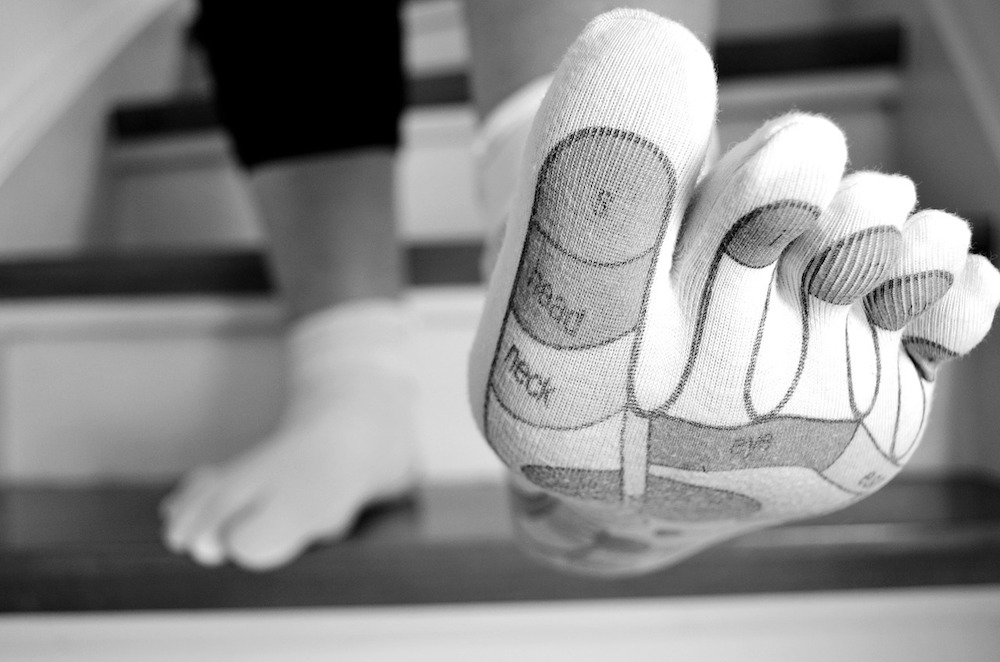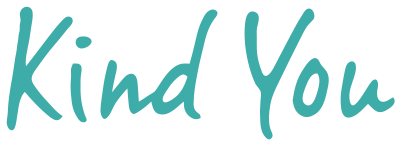
I recall an interesting moment during a regular, standard body massage (back before my son arrived, when I could afford such luxuries), when the masseuse happened to be working on my feet. She interrupted the silence to ask me, “You grind your teeth, don’t you?” I did, in fact, succumb to the habit (in my sleep), but I remember wondering how she knew that. She explained that she could tell by components related to foot reflexology what was happening in other areas of my body. I was floored — and intrigued. This marked the minute I began a journey to better understand the workings of this mysterious foot reflexology, and how I could potentially use it in the future for health benefits or otherwise. Here’s what I found out:
Foot reflexology is a healing art and form of bodywork which is believed to have originated approximately 5,000 years ago, having been noted in ancient Chinese medical textbooks. Reflexology itself is not limited to the feet, but can also be done on the hands — although working on the feet is more popular. Both regions are said to be reflexology “zones” which reflect a system of corresponding relationships between different parts of the human body. The reflexology zones mark vital connections between ten equal vertical zones (formally called “longitudinal” zones). These vertical zones run down the entirety of our bodies from head to toe lengthwise, as marked in the body zone map here. They come together in points on the hands and feet (we’ll talk primarily about the foot zones for our purposes here) , which can be manipulated to improve functioning within meridian zones. From a more scientific perspective, reflexology uses pressure applied to a related area to send “signals” through the nervous system, releasing chemicals like endorphins, which in turn decrease stress or pain to the corrresponding region. KC Miller, founder of the Southwest Institute of Healing Arts, exemplifies this by stating, “The tips of toes reflect the head, heart and chest (and) are around the ball of the foot; liver, pancreas and kidney are in the arch of the foot; and low back and intestines are toward the heel. Practitioners believe that applying pressure to these reflex areas can promote health in the corresponding organs through energy pathways.”
To describe in a bit more detail, each toe, for example, has a corresponding zone which runs through the body from front to back. Later on in history, the concept of horizontal zones (formally referred to as lateral zones) emerged, giving more precision to the foot’s regions and a greater efficacy to working with the relevant pressure points (points of manipulation to trigger the changes in that corresponding part of the body). The horizontal areas across the bottoms of the feet include corresponding zones of the head and neck, chest, abdomen and lower abdomen. If a problem exists somewhere in the body (pain, for instance), applying pressure to or massaging its corresponding pressure point can help alleviate that area’s pain, similar to acupressure. The malfunction of an organ within the zones referenced can also be manipulated by targeting the zone this way.
About 4 – 5 general reflexology techniques are widely recognized, with a visual explanation of each here in this informative video. They are typically done without the use of oil or other lubricants, and are called “thumb-walking”, “finger-walking”, “hook and backup”, and “rotation on a point”, ending with a lesser known “press and slide” technique.
To summarize the reflexologist pictured, thumb-walking uses a gentle thumb pressure to “walk” along the zone in need. Finger-walking is done essentially the same way, useful for both the sides and top of the foot more so than the bottom. Hook and backup uses the thumb to press downward and pull outward. This can be painful so must be used cautiously, and correspond well to the spleen and gall bladder. Rotation on the point uses thumb-walking while rotating the foot along the diaphragm line (see foot map.) The press and slide allows deeper pressure while leaning into it and sliding along continuously. For all of these, it is recommended that the practitioner “check in with” the recipient of the treatment to make sure they are not in too much pain, and act accordingly.
In summary, the healing art of foot reflexology can be replicated at home, but should be considered bodywork which practitioners take time to learn thoroughly before working on others. Since many find it highly effective, it should be treated as such. For additional tips or guidance, those interested may contact the Southwest Institute of Healing Arts here.
Have you tried foot reflexology? Let us know your experience in the comments!
